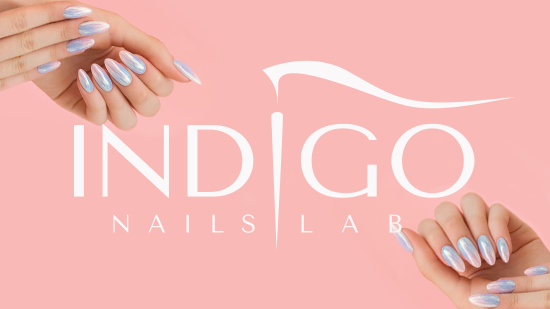For Indigo, the logotype is not only a unique graphic sign used to mark our products. It’s a visualisation of the philosophy and activities of the brand, thanks to which we gain much more than just recognition.

A good logotype is the essence, symbol and graphic illustration of the brand’s philosophy and its style of communication. Logotype recognition serves as undeniable proof of success and hard work. This way, a product marked with the logotype somehow “defends itself” and induces confidence, a sense of prestige and certainty that the customer is dealing with an object of the highest quality.
The Indigo logo is a distinguished record of the name that has a very interesting origin and its objective is to evoke certain associations. The name refers to precious metals, which in antiquity had a value greater than gold. The connotation of higher class products, the features that make them desirable and unique, is of course not accidental.
However, the logotype – and with it the name – does not refer only to physical products. It’s not the logo that makes them immediately top quality and desirable, and building a brand is much more than just offering a product with a specific marking. In the case of Indigo, when we refer to storytelling, it’s somehow the cover of an amazing book, which the company fills with a wide range of activities. It’s so recognisable that the customer already knows that high quality content awaits inside. And she chooses a product marked with such a “cover”, i.e. the logotype, without strenuous flipping through the pages, relying on her experience and trust in the brand.
How does it work?
The logotype is a symbol of quality and prestige. Increasing the range and recognition gives it additional power – it’s no longer only associated with specific standards, but also informs that the product or its action also adheres to them.
Getting customers acquainted with the activities and instilling awareness of the logotype in them means that subsequent attributes, activities and materials equipped with the logotype receive the status assigned to the given brand straight away. The principle of positive associations has an extremely strong impact on the subconscious, and after a period of hard work on building brand recognition, it results in a dedicated group of customers who are enthusiastic about the novelties offered to them.
Logotype as a network of relations
In Indigo, the logotype has a versatile application and is used in the implementation of a double-track strategy. Used as an element of a company salon, it communicates to customers that qualified nail artists are employed in given place, who work on proven products trusted by thousands of women. In this case, for them, it’s a symbol of guarantee of safe procedures.
The logotype used as an element of the outfit of the multiple medallists representing us builds awareness of the brand as created by the best.
And when placed on products, it guarantees reliability and satisfaction of expectations. Isn’t it surprising that one sign can contain so much?
Logotype as a guideline
The logotype also provides something different; it doesn’t consist only in marking places, products and prestigious activities worth attention and interest. As a consequence of growing popularity and recognition, it becomes an object of desire in itself. This allows us to market products and carry out activities that go beyond the existing scheme. And presenting them by adding the logotype fuels the desires of customers who, having a choice of cosmetics, accessories, gadgets, products, decorative elements without the identification mark of their favourite brand, will not hesitate to choose those on which the logo is visible because they feel they belong to the brand and trust in its quality.
The logotype creates huge communication possibilities with the customer. It facilitates establishing relationships and inspires confidence. Provided that it’s backed up by sound actions and hard work – as in the case of Indigo.
 English
English Polski
Polski